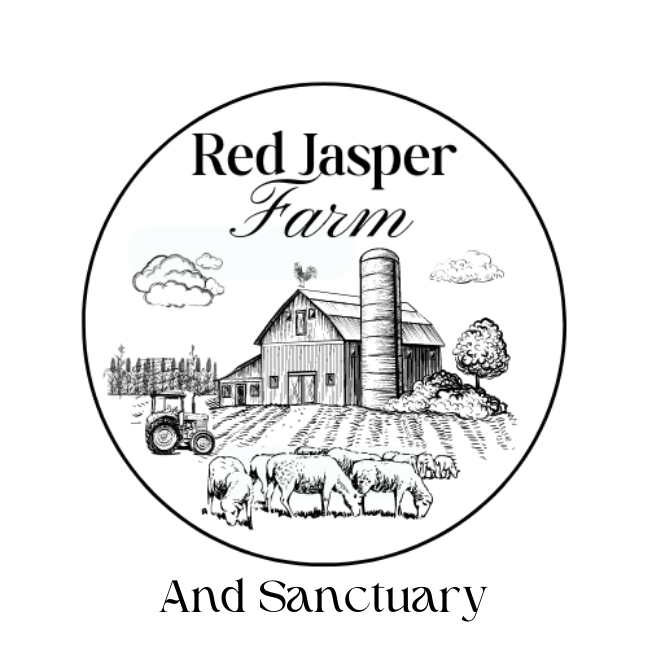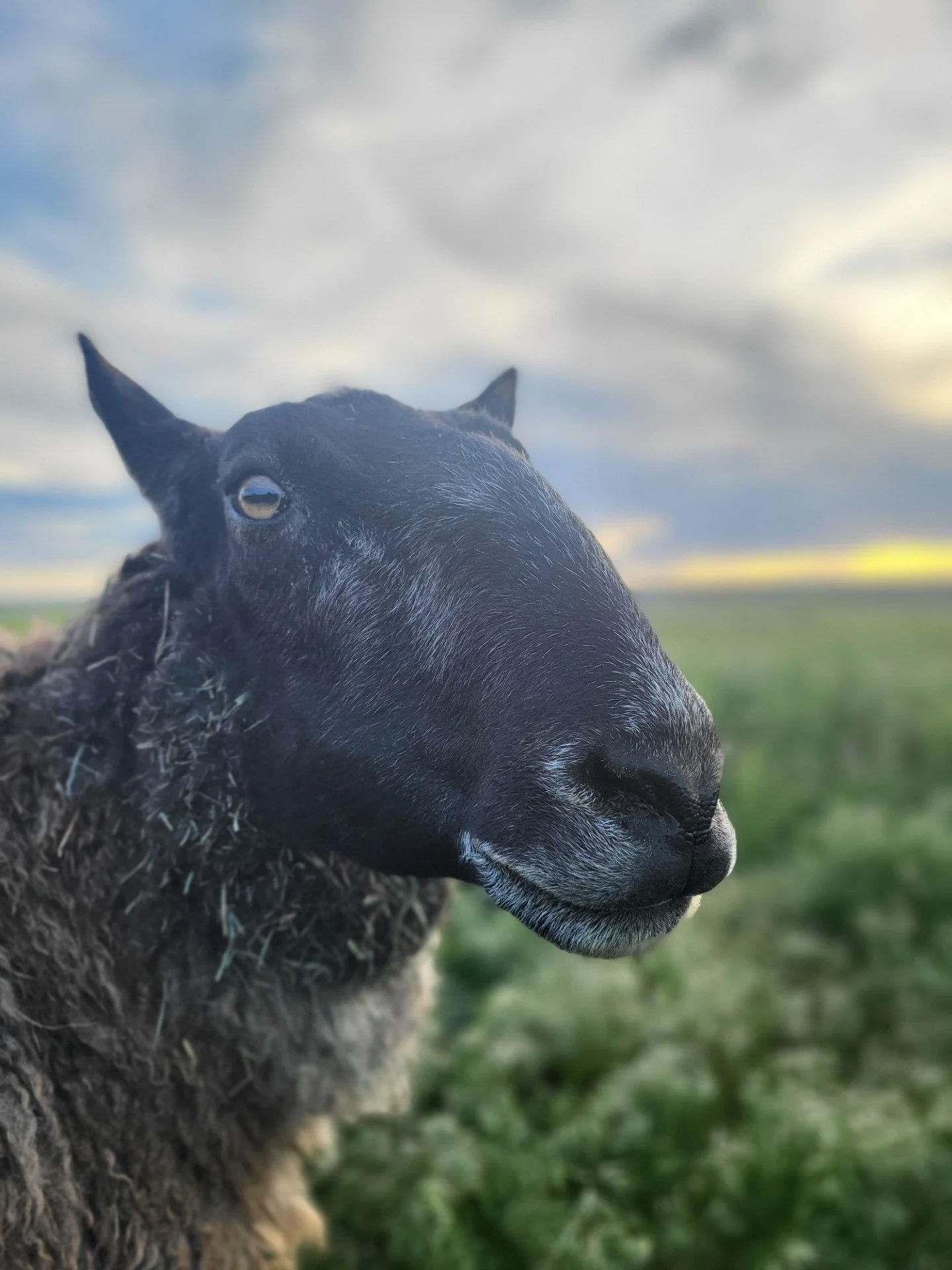
Chompy Mom the Ewe
Rotational grazing
How it’s good for the environment, the animals, and how Red Jasper Farm is using it
Why is rotational grazing important to the environment and animals, and what exactly is it?
Pedro the wether chilling in the pasture at sunset
Rotational grazing is incredibly important - here’s why
But first- what is it? Rotational grazing is where you control the grazing of livestock to small areas of a field. How does it help? It can help in a lot of ways, for instance rotational grazing provides enrichment for animals. The varied diet of a field gives them the ability to select the foods that satisfy their individual nutritional needs. The exploration is also very healthy for them, and stimulates their natural grazing instincts. Studies have also shown that more forage and stimulation lead to more productivity in the animals.
It doesn’t just help them though, it also helps the pasture plants an wildlife. By the sheep, cattle, or other animals nibbling the tops of the grasses, in encourages them to grow deeper roots which in turn make the plants more resistant to droughts. Rotating pastures also has been reported to hep the wildlife such as ground nesting birds and mammals. Pollinators are also benefited by rotational grazing, as studies have also shown there appear to be more native pollinators in controlled grazed areas than not. Even though it seems like it should harm pollinators- controlled grazing really helps them. Just like it did hundreds of years ago when bison roamed free across North America.
The controlled grazing also helps the soil too. The animals fertilize the soil and then trample it in- thus contributing to soil health. Rationally grazed fields have also been shown to absorb water better.
How are we using it?
Red Jasper has been implementing rotational grazing for the past few days

